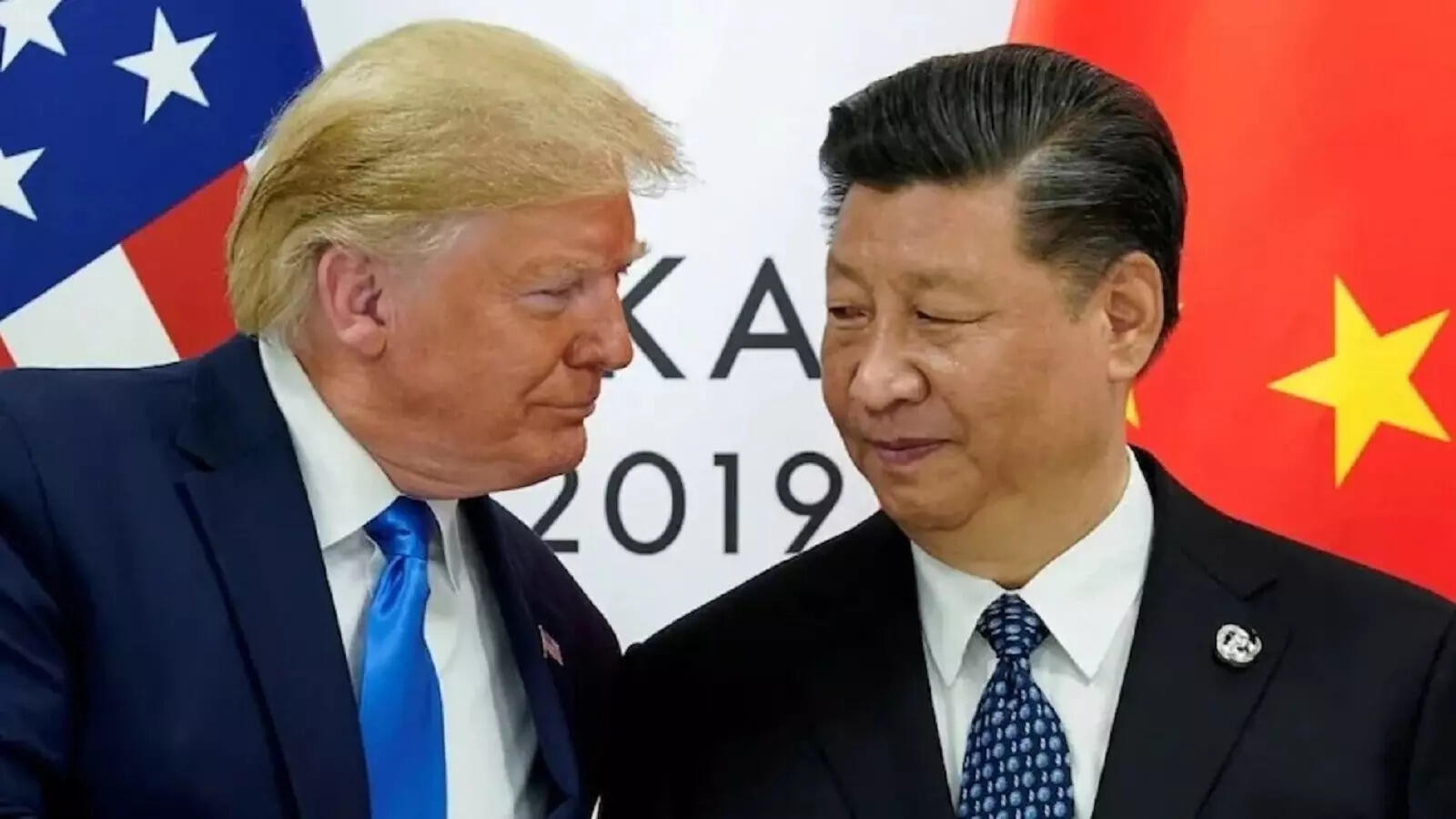US officials indicated progress in finalizing details of a trade agreement with China, following recent talks in Malaysia. The discussions aimed to de-escalate a costly tariff dispute, with both nations seeking a resolution. This development comes amid heightened tensions and threats of further tariffs.
Navigating the Tightrope: Will the US and China Finally Seal the Deal?
The dance between the United States and China on trade has been a long and winding one, a complex choreography of tariffs, negotiations, and shifting global power dynamics. Recently, there’s been a palpable sense of cautious optimism in the air, a feeling that perhaps, finally, a comprehensive trade agreement might be within reach. But can we really expect the United States and China to successfully finalize a US-China trade agreement?
The previous administration’s tariffs, aimed at addressing what were viewed as unfair trade practices, ignited a trade war that reverberated throughout the global economy. Supply chains were disrupted, businesses scrambled to adapt, and consumers felt the pinch of higher prices. While the current administration has largely maintained these tariffs, behind the scenes, dialogue has continued.
The complexities are multifaceted. On the American side, concerns linger about China’s intellectual property practices, market access for U.S. companies, and the overall trade imbalance. China, on the other hand, seeks recognition as a major economic power and desires the removal of tariffs that they argue stifle growth.
What’s Fueling the Optimism?
Several factors seem to be contributing to this renewed sense of hope. For starters, both nations recognize the detrimental impact of prolonged trade tensions on their respective economies. The global landscape has also shifted, with geopolitical uncertainties adding further pressure to find common ground. Finding a path to economic stability is crucial for both nations. It’s become pretty clear that a comprehensive US-China trade agreement offers benefits to each side.

Furthermore, there’s a growing awareness that some of the challenges might be more effectively addressed through collaboration rather than confrontation. Issues like climate change, global health crises, and even certain aspects of cybersecurity require international cooperation, and a stable trade relationship can lay the foundation for more effective dialogue on these fronts.
The Road Ahead: Hurdles and Opportunities in Trade
Even with the budding optimism, significant hurdles remain. Negotiating a US-China trade agreement that satisfies both sides will require significant compromises and a willingness to address long-standing grievances. The devil, as they say, is in the details.
One major sticking point is the existing tariffs. While the removal of tariffs would be a significant boost to trade, any such move would likely be contingent on China addressing U.S. concerns about intellectual property and market access. Finding a mutually acceptable mechanism for monitoring and enforcing any agreement will also be critical.
Another potential obstacle lies in the domestic political landscapes of both countries. Any agreement will need to be politically palatable to domestic audiences, which may require careful communication and framing.
However, the potential rewards of a comprehensive trade agreement are immense. Reduced tariffs, increased market access, and a more predictable trading environment would all contribute to economic growth and stability for both countries. This could also encourage investment and innovation, benefiting businesses and consumers alike.
Beyond Tariffs: A More Holistic Approach
Looking ahead, the future of US-China trade may lie in moving beyond a narrow focus on tariffs and trade imbalances. Embracing a more holistic approach that considers broader issues like climate change, cybersecurity, and global health could pave the way for a more sustainable and mutually beneficial relationship. This requires open and transparent communication, a willingness to compromise, and a shared commitment to building a more stable and prosperous future for all.
For example, both countries could collaborate on developing and deploying clean energy technologies, which would not only benefit the environment but also create new economic opportunities. Addressing cybersecurity threats jointly could foster greater trust and stability in the digital economy.
The journey towards a comprehensive US-China trade agreement is undoubtedly complex and fraught with challenges. However, the potential rewards are too significant to ignore. By focusing on mutual benefit, embracing a more holistic approach, and demonstrating a genuine commitment to compromise, both nations can navigate the tightrope and forge a new era of economic cooperation. You might find this article on [global supply chain resilience](internal-link-example.com) to be insightful, as it further explores the impacts of international trade dynamics.
Ultimately, the success of the US-China trade agreement hinges on the willingness of both sides to prioritize long-term stability and mutual prosperity over short-term gains and political maneuvering. The world is watching, hoping that these two economic giants can find a way to bridge their differences and build a more secure and prosperous future for all.







